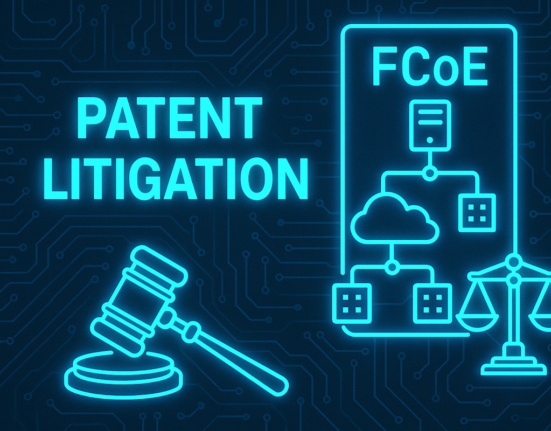Company Believes Ruling Conflicts with Higher Court Guidance
JACKSONVILLE, FL / ACCESS Newswire / June 2, 2025 / ParkerVision, Inc. (OTCQB:PRKR), a leader in wireless radio-frequency (RF) innovation, today issued a statement in response to a recent claim construction ruling from the U.S. District Court for the Middle District of Florida in its over 11-year patent infringement lawsuit against Qualcomm. This recent ruling only impacts the receiver patent claims in this case and is not relevant to the transmitter claims in this case.
The court’s order granted Qualcomm’s request to interpret certain terms in ParkerVision’s patents in a manner that the company asserts is in conflict with the language of the patents and commonly understood claim construction principles, and importantly, conflicts with prior guidance issued by the higher court, the U.S. Court of Appeals for the Federal Circuit (Federal Circuit).
Claim construction is where the court may further define a specific term in a patent claim. While a term is presumed to have its plain and ordinary meaning, the court may define it more narrowly if certain conditions are present. ParkerVision does not believe there was any basis for the court to “read in” a limitation to the terms in this case as it did in its ruling.
“We respectfully disagree with the Court’s ruling and its recent interpretation of our patent claims,” said Jeffrey Parker, CEO of ParkerVision. “The Federal Circuit made clear that our patents in this case do not include what has become known as the ‘generating’ limitation which was central to the non-infringement finding in an earlier case against Qualcomm. The ‘generating’ limitation was defined in the prior case as where RF down conversion occurs at or after a capacitor and is clearly not what the patents in this case cover.
Our patented technology performs down-conversion at a switch – a distinction that the Federal Circuit explicitly acknowledged in its ruling last year. If the patents in this case did cover such ‘capacitor down conversion,’ the Federal Circuit would have upheld this district court’s prior ruling on collateral estoppel, which prevented us from asserting the receiver patents in this case. To the contrary, the Federal Circuit reversed the district court and sent this case back for trial on these patents.”
ParkerVision contends that Qualcomm is well aware that capacitors cannot perform down conversion and that limiting these patents to capacitors performing down conversion is contrary to what the patents expressly claim and how Qualcomm’s products operate. It also does not align with the detailed teaching of its novel technology that ParkerVision provided to Qualcomm in prior business negotiations between the companies which exclusively disclosed switches used for down conversion.







